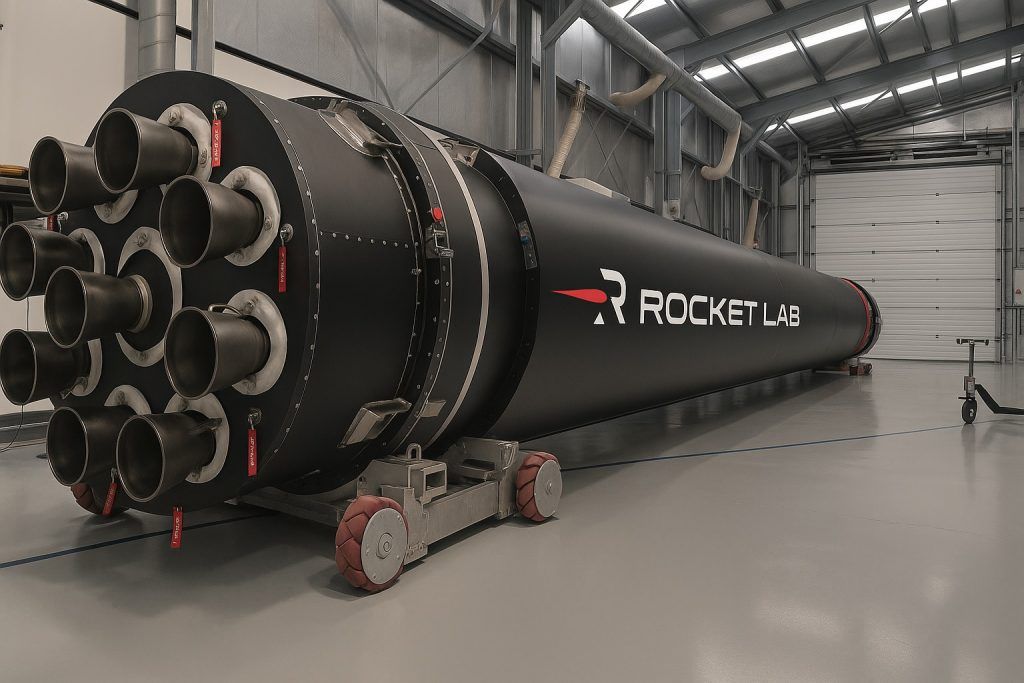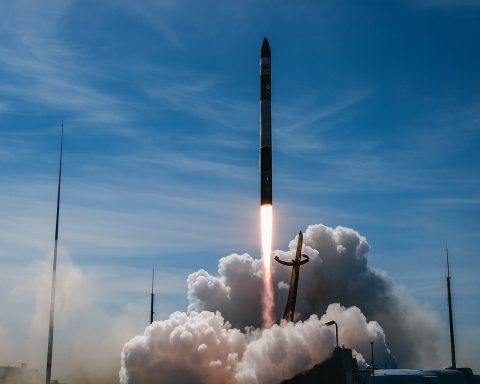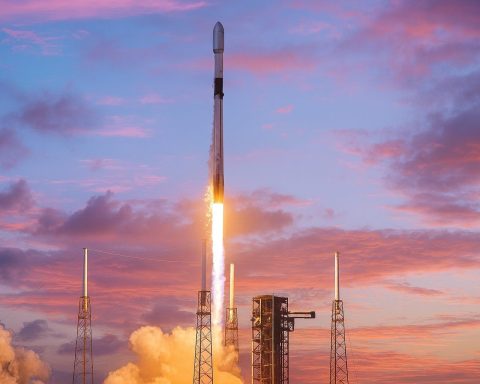CAPE CANAVERAL, Fla. — November 11, 2025. SpaceX capped a late‑night Falcon 9 flight with the successful deployment of 29 Starlink internet satellites and a smooth droneship landing, a mission that pushed Florida’s Space Coast to a new single‑year record for orbital‑class launches. Liftoff occurred at 10:21 p.m. EST on Monday, Nov. 10 (03:21 UTC on Nov. 11) from Space Launch Complex 40 at Cape Canaveral Space Force Station. [1]
Key facts at a glance
- Mission: Starlink Group 6‑87 (29 satellites to low Earth orbit) [2]
- Rocket/booster: SpaceX Falcon 9; first stage B1096 on its third flight (previously flew NASA’s IMAP rideshare and Amazon’s Project Kuiper) [3]
- Liftoff:10:21 p.m. EST, Nov. 10 (03:21 UTC, Nov. 11), SLC‑40, Cape Canaveral SFS [4]
- Landing: “Just Read the Instructions” droneship ~8.5 minutes after liftoff; Spaceflight Now tallied it as the 141st landing on JRTI and the 532nd Falcon booster landing overall [5]
- Florida milestone:94th orbital‑class launch from Florida in 2025, surpassing the 93 flown in 2024 [6]
- Record pace: This flight marked the 144th Falcon 9 launch of 2025 and the 104th Starlink mission this year; including five Starship suborbital tests, SpaceX has logged 149 liftoffs in 2025—records on all counts [7]
Launch and deployment
Falcon 9 climbed through clear night skies from Cape Canaveral at 10:21 p.m. EST (03:21 UTC), beginning a roughly hour‑long ascent to deploy its Starlink payload. SpaceX confirmed satellite separation about 65 minutes after liftoff, adding 29 more spacecraft to the company’s growing broadband constellation in low Earth orbit. [8]
The booster—B1096—returned to Earth with a pinpoint landing on the Atlantic‑based droneship “Just Read the Instructions.” According to Spaceflight Now’s running tally, the touchdown was the 141st recovery on JRTI and SpaceX’s 532nd Falcon booster landing overall, underscoring the cadence made possible by fast‑turnaround reusability. [9]
Florida’s new annual launch record
With this flight, Florida’s spaceport (Kennedy Space Center plus Cape Canaveral Space Force Station) logged its 94th orbital‑class launch of 2025, topping last year’s record of 93. That figure includes SpaceX’s Falcon 9 and Falcon Heavy missions and flights by other providers such as ULA and Blue Origin. The late‑night Starlink launch was the one that nudged the total over the top. [10]
FAA constraints and weather considerations
The mission lifted off later in the evening than originally planned. Spaceflight Now reports that, amid a U.S. government shutdown, the FAA limited commercial launch windows to 10 p.m.–6 a.m. to ease workloads on a reduced air‑traffic control staff. The 45th Weather Squadron pegged the launch window’s conditions at 60% favorable, citing liftoff winds and upper‑level shear as primary concerns, with some uncertainty downrange in the recovery zone near The Bahamas. [11]
Reuse milestones and the 2025 cadence
Per Space.com’s launch recap, Monday night’s mission was Falcon 9’s 144th flight of 2025 and the 104th dedicated to Starlink, with five Starship suborbital tests also on the books this year. That brings SpaceX’s total liftoffs to 149 for 2025—surpassing records set just last year (132 Falcon 9 launches; 138 total liftoffs in 2024). The booster flying this mission, B1096, previously lofted NASA’s IMAP rideshare and a Project Kuiper batch for Amazon. [12]
Why it matters
Each Starlink batch expands service capacity and resilience for the company’s global broadband network, while the rapid drumbeat of Falcon 9 flights—coupled with droneship landings like this one—continues to compress turnaround times and reduce per‑mission costs. The Florida launch record reflects both SpaceX’s tempo and the Eastern Range’s evolving infrastructure and procedures to manage near‑daily operations, even as temporary FAA restrictions reshape scheduling. [13]
Editor’s note
Times are listed in Eastern Standard Time and Coordinated Universal Time. This report reflects confirmations available as of November 11, 2025 (UTC). Key details were sourced from Spaceflight Now and Space.com coverage referenced above. [14]
References
1. www.space.com, 2. www.space.com, 3. www.space.com, 4. www.space.com, 5. spaceflightnow.com, 6. spaceflightnow.com, 7. www.space.com, 8. www.space.com, 9. spaceflightnow.com, 10. spaceflightnow.com, 11. spaceflightnow.com, 12. www.space.com, 13. spaceflightnow.com, 14. spaceflightnow.com










